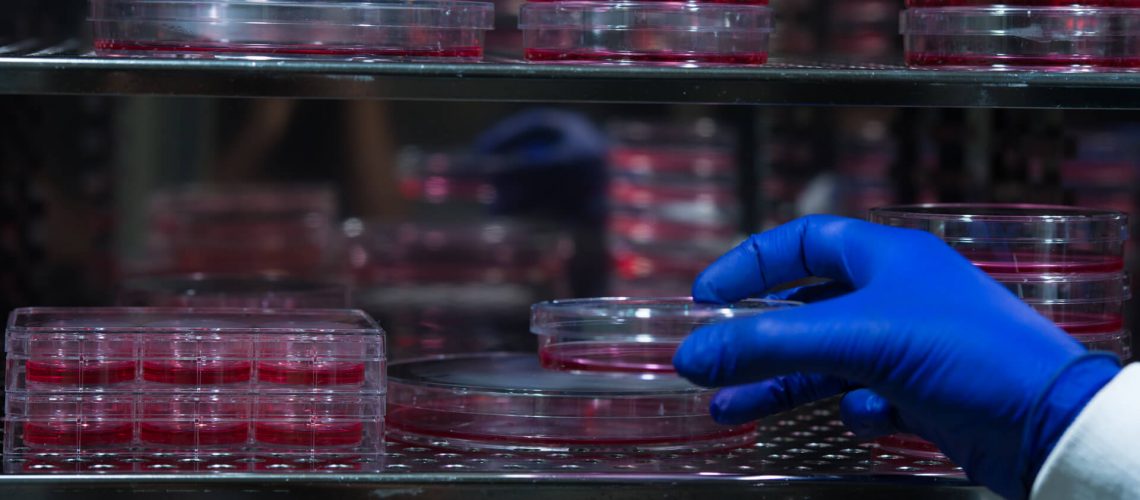The Babraham Institute
Principal Investigator: Jonathan Clark
Research Team: Melanie Stammers
As discussed in the project summary for “Glucosepane Crosslinks and Undoing Age-Related Tissue Damage”, adventitious crosslinking of collagen and elastin contributes to the slow stiffening of our arteries and other tissues with age. Some of these crosslinks occur as a result of spontaneous chemistry (as in the case of AGE crosslinking). Others, meanwhile, are the unintended consequences of metabolic processes that modify collagen — either as “collateral damage,” or to help us endure short-term problems at the cost of contributing to the long-term burden of crosslinking damage that eventually compromises function.
Amidst all of this, the sheer number of crosslinks of a given kind may not be a good measure of how high a priority it ought to be for rejuvenation biotechnology: some crosslinks may have a disproportionate effect on tissue elasticity depending on where they occur in the protein strand, how tightly they bind, and how much they interfere with the body’s ability break down and renew the tissue.
Recognizing the importance of prioritizing our targets, SRF is funding a study of this question at the Babraham Institute in Cambridge. In this study, “normally”-aging, nondiabetic mice are administered labeled building blocks for protein, which are then incorporated into extracellular matrix proteins, whose turnover can then be studied. The study has thus far provided valuable insight into how crosslinks regulate tissue stiffness, as well as updated our understanding of the turnover times of collagen and elastin. The results are currently under review and will be published soon.
Research Highlights:
One early and surprising finding of this work was that tissue crosslinks of types one might assume permanent are in fact continuously being broken apart and re-forming under the stress and strain of normal activity. It is the balance between these reversible crosslinks and the truly irreversible ones that gives rise to many of the changing mechanical properties of aging collagen.
The Babraham group have also confirmed that the crosslink profile in each tissue is distinct from others (which is only partially explained by the tissue-specific mixture of elastin and collagen), and that both the mixture of proteins and the pattern of protein-specific crosslinks changes with age. Importantly, some of the crosslinks that have been reported by others to accumulate in aging tissues were not detected. They are also complementing chemical analysis of the tissues with functional tests of the effect of these crosslinks on tissue mechanical function. The team have furthermore detailed chemical profiles of skin and tendon, and run pilot studies on a number of other tissues. Additional work is ongoing in mice fed with various sugars to further elucidate the role of sugars on collagen turnover in vivo.



